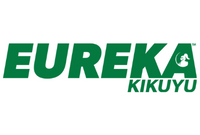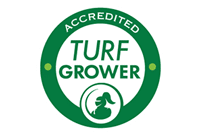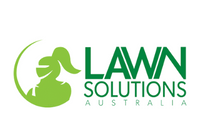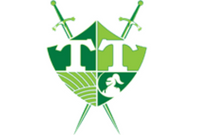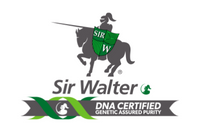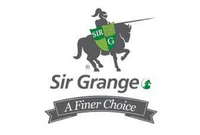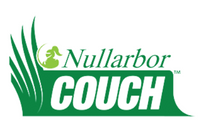Mosman’s Field Makes a Grassroots Stand: Natural Turf Wins Over Community, Players, and the Planet
Mosman’s beloved football field, once a victim of frequent wet weather cancellations, has undergone a remarkable transformation. Faced with frustration and the allure of synthetic turf, the community chose a path of innovation and sustainability.
By embracing the power of nature and improving the existing soil with compost and a wear tolerant turf cultivar, they’ve transformed the field into a thriving hub of activity, scoring a winning goal for the environment, the sporting community, and the players themselves.
These seemingly simple steps, backed by science, has yielded remarkable results. Unlike synthetic turf, which can contribute to microplastic pollution and reduced biodiversity, Mosman’s thriving natural turf ecosystem acts as a natural filter, absorbing carbon dioxide from the air and promoting healthy soil life.
These seemingly simple steps, backed by science, has yielded remarkable results. Unlike synthetic turf, which can contribute to microplastic pollution and reduced biodiversity, Mosman’s thriving natural turf ecosystem acts as a natural filter, absorbing carbon dioxide from the air and promoting healthy soil life.
This not only benefits the local environment but also fosters a sense of pride and environmental responsibility among residents, who see themselves as active stewards of their community. Mosman’s choice has also demonstrably improved the playing experience for football players. The local Men’s Premier League team like the field so much that they transferred their home games to Middle Head Oval.
Compared to the higher surface temperatures and potential for heat stress associated with synthetic turf, the natural grass provides a cooler and more comfortable playing surface.
Mosman’s choice has also demonstrably improved the playing experience for football players. The local Men’s Premier League team like the field so much that they transferred their home games to Middle Head Oval.
Compared to the higher surface temperatures and potential for heat stress associated with synthetic turf, the natural grass provides a cooler and more comfortable playing surface.
Additionally, studies have shown that the natural turf may reduce the risk of injuries such as friction burns, and other non-contact injuries compared to synthetic alternatives. Thus, allowing players to focus on enjoying the game and honing their skills.
The impact extends beyond the field. The increased play time to 55 hours per week allows for greater community engagement. Children now have more opportunities to play and develop their physical and social skills, fostering a stronger community spirit and healthy lifestyle habits.
Parents, no longer facing the disappointment of cancelled games, can now actively participate and cheer on their young players. Mosman’s story is an inspiring testament to the power of innovative solutions. It demonstrates that by prioritizing both community needs and environmental responsibility, we can achieve sustainable solutions that benefit everyone involved.
The next time you step onto a green pitch, remember the story of Mosman – a community that chose to play fair with the environment and their community, scoring a winning goal for all.
Their story serves as a beacon of hope, showing that through innovation and collaboration, we can create thriving spaces that nurture both the environment and the communities they serve.





